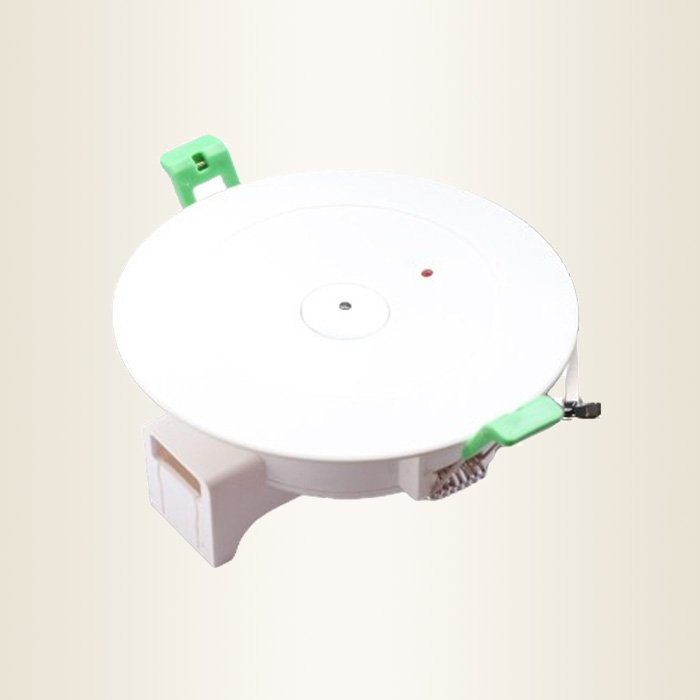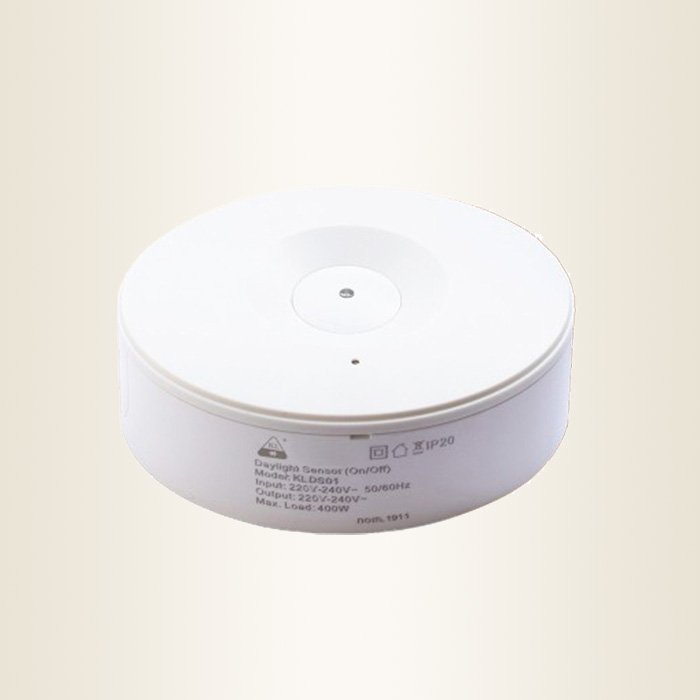Motion light sensors have become an integral part of our daily lives, providing convenience, safety, and energy efficiency. In this article, we will delve into the working principle of motion light sensors and explore their various application fields. By understanding how these sensors operate and where they can be used, we can make informed decisions when incorporating them into our homes, businesses, and public spaces.
I. Understanding the Working Principle of Motion Light Sensors
A. Introduction to Motion Light Sensors
Motion light sensors, also known as motion detectors or occupancy sensors, are electronic devices that detect movement within a specific area. They are designed to trigger the activation of lights or other connected devices when motion is detected.
B. Components of a Motion Light Sensor
A typical motion light sensor consists of several key components, including a sensor element, a control unit, and a switching mechanism. The sensor element detects motion, the control unit processes the sensor's output, and the switching mechanism controls the connected lights or devices.
C. How Motion Light Sensors Detect Movement
Motion light sensors use various technologies to detect movement. The most common types include passive infrared (PIR), ultrasonic, and microwave sensors. PIR sensors detect changes in infrared radiation, while ultrasonic sensors emit high-frequency sound waves and measure the time it takes for the waves to bounce back. Microwave sensors emit microwave signals and measure the reflection of these signals to detect motion.
D. Sensing Technologies Used in Motion Light Sensors
1. Passive Infrared (PIR) Sensors: PIR sensors detect changes in infrared radiation emitted by objects in their field of view. When a person or object moves within the sensor's range, it detects the change in heat signature and triggers the connected lights or devices.
2. Ultrasonic Sensors: Ultrasonic sensors emit high-frequency sound waves that bounce off objects in their vicinity. By measuring the time it takes for the sound waves to return, the sensor can detect movement and activate the lights or devices.
3. Microwave Sensors: Microwave sensors emit continuous microwave signals and measure the reflection of these signals. When there is a change in the reflected signal, indicating movement, the sensor triggers the connected lights or devices.

II. Application Fields of Motion Light Sensors
A. Residential Applications
1. Outdoor Security Lighting: Motion light sensors are commonly used in outdoor security lighting systems. They can detect movement around the perimeter of a property and automatically illuminate the area, deterring potential intruders.
2. Indoor Lighting Automation: Motion light sensors can be installed in various indoor areas, such as hallways, bathrooms, and closets. They automatically turn on the lights when someone enters the space and turn them off when the area is vacant, saving energy and providing convenience.
3. Energy-Efficient Lighting Solutions: Motion light sensors can be integrated into energy-efficient lighting systems, such as LED lights. By only activating the lights when needed, they help reduce energy consumption and lower electricity bills.
B. Commercial and Industrial Applications
1. Building Security Systems: Motion light sensors play a crucial role in commercial building security systems. They can detect unauthorized movement in restricted areas, triggering alarms or notifying security personnel.
2. Parking Lot and Street Lighting: Motion light sensors are commonly used in parking lots and street lighting systems. They ensure that lights are only active when vehicles or pedestrians are present, saving energy and improving safety.
3. Warehouse and Industrial Lighting: Motion light sensors are ideal for warehouses and industrial facilities, where lighting is often required in specific areas for short periods. By activating lights only when motion is detected, they help optimize energy usage and improve operational efficiency.
C. Public Spaces and Infrastructure
1. Public Safety and Security: Motion light sensors are used in public spaces, such as parks, plazas, and public buildings, to enhance safety and security. They can detect movement during nighttime hours, ensuring well-lit areas for pedestrians and deterring potential criminal activity.
2. Smart City Initiatives: Motion light sensors are an essential component of smart city initiatives. By integrating them into urban infrastructure, cities can optimize lighting systems, reduce energy consumption, and improve overall sustainability.
3. Energy Conservation in Public Buildings: Motion light sensors are widely used in public buildings, such as schools, hospitals, and government offices, to conserve energy. They automatically turn off lights in unoccupied areas, reducing electricity waste and lowering operational costs.
III. Advantages and Benefits of Motion Light Sensors
A. Enhanced Safety and Security: Motion light sensors provide an added layer of safety and security by illuminating areas when motion is detected. This helps deter potential intruders and ensures well-lit pathways for pedestrians.
B. Energy Efficiency and Cost Savings: By activating lights only when needed, motion light sensors help conserve energy and reduce electricity bills. They prevent lights from being left on in unoccupied areas, resulting in significant cost savings over time.
C. Convenience and Automation: Motion light sensors offer convenience by automatically turning on lights when someone enters a room or area. This eliminates the need to manually operate light switches and enhances the overall user experience.
D. Environmental Impact and Sustainability: Motion light sensors contribute to environmental sustainability by reducing energy consumption. By optimizing lighting systems and minimizing wasteful usage, they help lower carbon footprints and promote a greener future.

IV. Factors to Consider When Choosing Motion Light Sensors
A. Sensing Range and Coverage Area: The sensing range and coverage area of a motion light sensor determine its effectiveness in detecting movement. It is essential to choose sensors that match the specific requirements of the intended application.
B. Sensitivity and Adjustability: Motion light sensors should offer adjustable sensitivity levels to accommodate different environments and user preferences. This allows for fine-tuning the sensor's response to movement and helps avoid false triggers.
C. Lighting Control Options: Consider the available lighting control options when selecting motion light sensors. Some sensors offer dimming capabilities or the ability to control multiple lights simultaneously, providing flexibility in lighting control.
D. Durability and Weather Resistance: Depending on the installation location, it is crucial to choose motion light sensors that are durable and weather-resistant. This ensures reliable operation and longevity, even in harsh outdoor environments.
V. Installation and Maintenance Tips for Motion Light Sensors
A. Proper Placement and Positioning: Install motion light sensors in strategic locations to maximize their effectiveness. Consider factors such as height, angle, and line of sight to ensure optimal coverage and accurate motion detection.
B. Wiring and Power Supply Considerations: Follow the manufacturer's instructions for wiring and power supply requirements. Ensure that the electrical connections are secure and that the power supply is stable and reliable.
C. Regular Cleaning and Maintenance: Keep motion light sensors clean and free from dirt, dust, and debris. Regularly inspect and clean the sensor lenses to maintain accurate motion detection.
D. Troubleshooting Common Issues: Familiarize yourself with common issues that may arise with motion light sensors, such as false triggers or failure to detect motion. Troubleshoot these issues by checking the sensor's settings, adjusting sensitivity levels, or cleaning the sensor lenses.

Conclusion
Motion light sensors have revolutionized the way we illuminate our surroundings, offering a wide range of benefits and applications. By understanding the working principle of these sensors and exploring their various application fields, we can harness their potential to enhance safety, save energy, and improve convenience. Whether in residential, commercial, or public spaces, motion light sensors are a valuable addition to any lighting system, contributing to a more efficient and sustainable future.
Foshan Kaili Lighting Technology Co., Ltd. was founded in 2004, is Foshan emergency and green lighting forefront enterprises. For more than 10 years, we have been committed to the research and development and production of high-quality fire emergency lighting, emergency control power and green lighting energy-saving products. The products are mainly supplied to Hong Kong, Europe and America markets, and widely used in star hotels, high-end office buildings, convention and exhibition centers, sports venues, large shopping malls and subway and other places.
If you are looking for high-quality motion light sensors,welcome to contact us.
Email:kllighting1608@gmail.com
